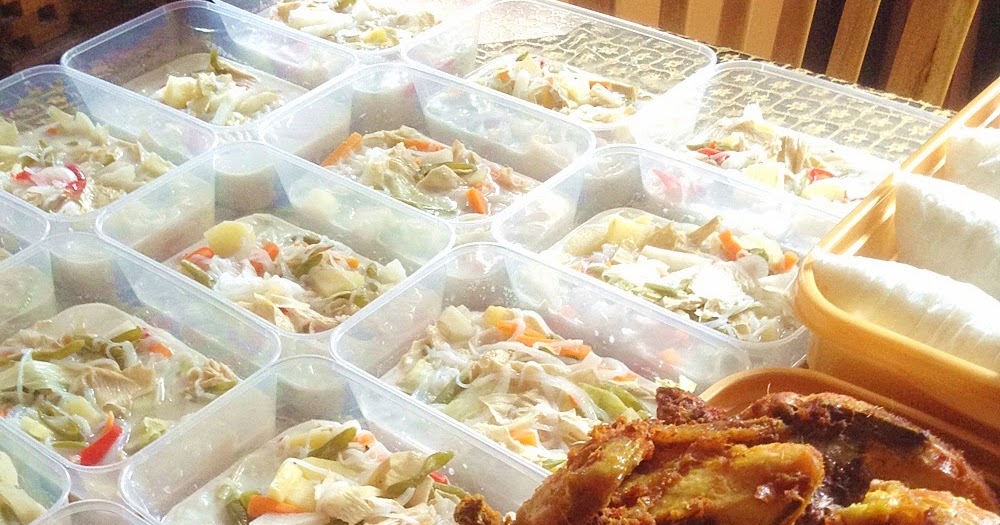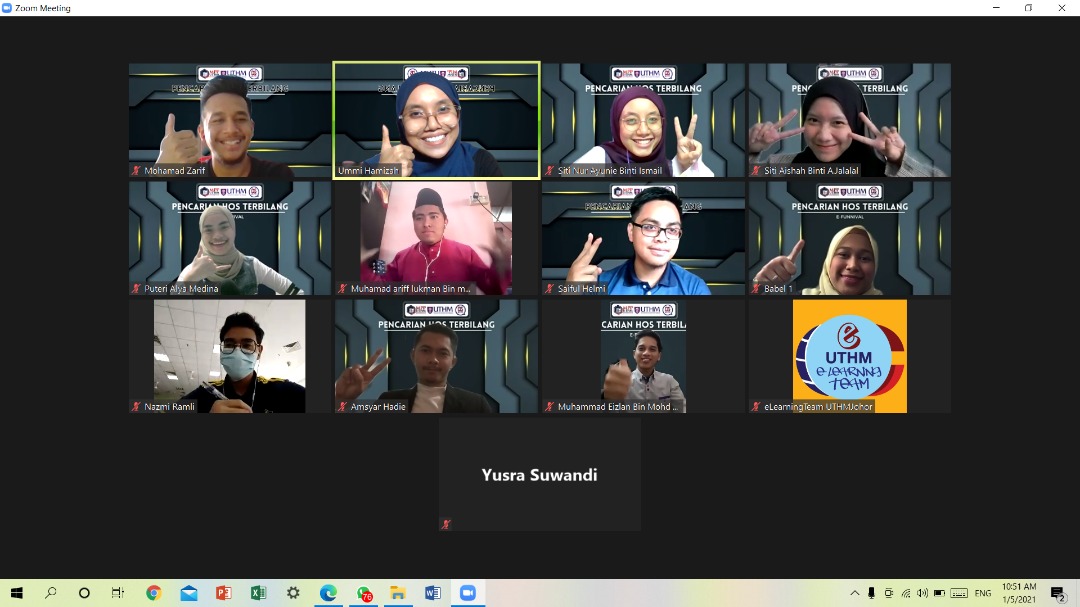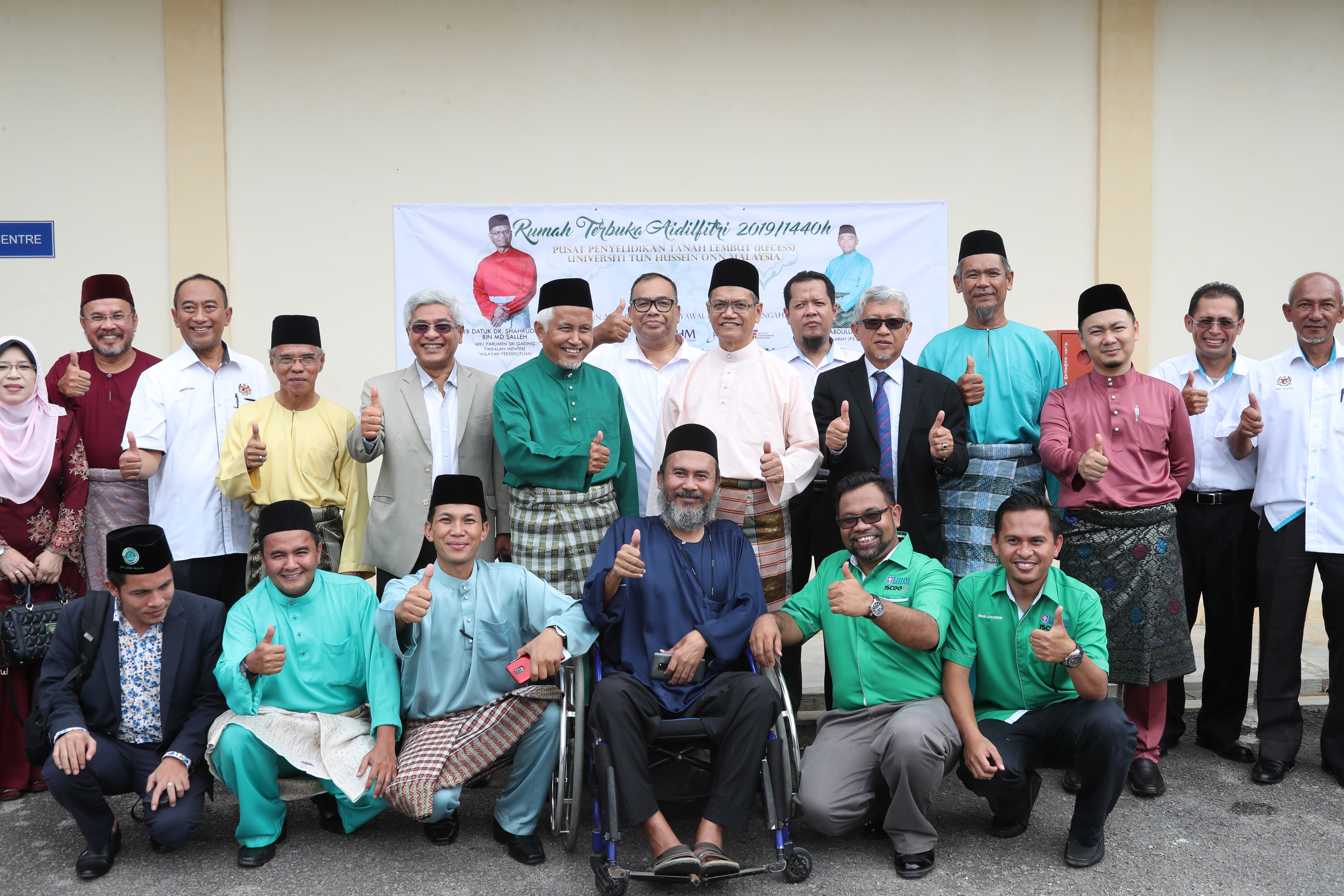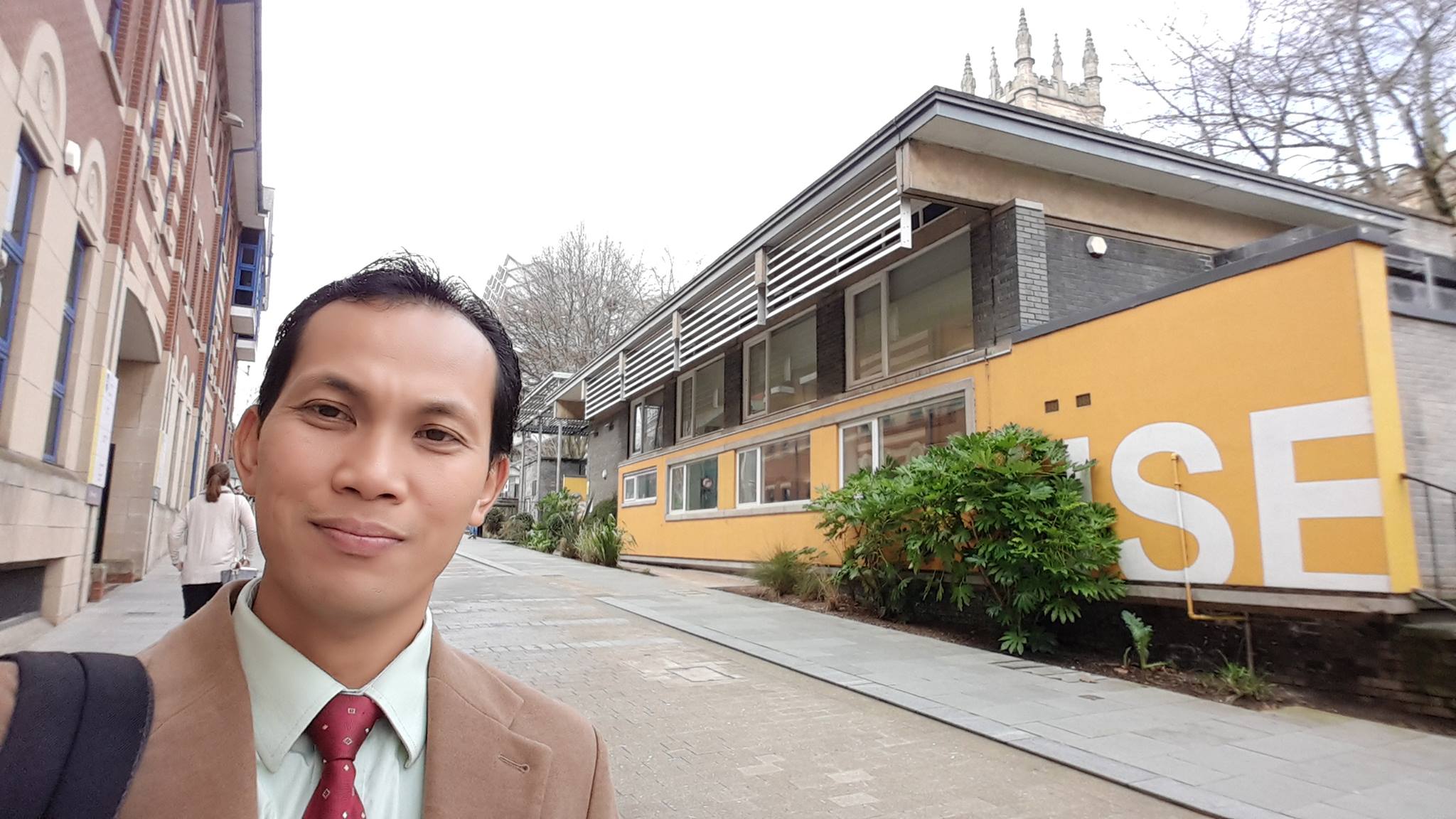
Generally, the common pile installation method will be associated with high noise and vibration! Yes, it is understandable because piles were normally driven using high impact air or diesel hammers. I still remember, back in the days of my school time, there was a construction activity at my school for the new building. Small kids like me are keen to passionately observe such a large construction machine doing their job. I still clearly remember the noisy sound of the piler and we did not realize that the piling work contributed ‘a diesel spot’ on our school uniform! This may be a setback but good enough as one of the earliest triggering factors for me to understand further in this area!
Later, back in 2006, I had a chance to pursue my PhD study in England. I had been exposed to the Japanese based innovative solution, they call it Press-in piling technology or silent pile. It is exciting to know that it is very silent, smaller in size as compared with the ordinary pile machine and even remotely controlled! Well… without seeing it in reality, I’m quizzing and clueless at that time. However, considering that it is a great opportunity to learn from both the Japanese and English way, I just grab the chance! Luckily, I got it!!
 I started my PhD project in 2007 with Professor Adrian Hyde at the University of Sheffield and completed it in 2011. The study was jointly funded by the SLAI Programme from Higher Education of Malaysia, Universiti Tun Hussein Onn Malaysia (UTHM) and the International Press-in Technology (IPA), Japan. It was such a great and memorable journey! Yes, working with English supervisors and stiff Japanese industrial expectations was a quite tough experience! However, I was so lucky that I had such a great team effort from my supervisors, the university technical staff, research colleagues and surely, without doubt, a lot of sacrifice from my family members too. Not to forget our colleagues and lifetime mentor at The Faculty of Civil and Built Environment (FKAAB) and Research Centre for Soft Soil (RECESS), UTHM.
I started my PhD project in 2007 with Professor Adrian Hyde at the University of Sheffield and completed it in 2011. The study was jointly funded by the SLAI Programme from Higher Education of Malaysia, Universiti Tun Hussein Onn Malaysia (UTHM) and the International Press-in Technology (IPA), Japan. It was such a great and memorable journey! Yes, working with English supervisors and stiff Japanese industrial expectations was a quite tough experience! However, I was so lucky that I had such a great team effort from my supervisors, the university technical staff, research colleagues and surely, without doubt, a lot of sacrifice from my family members too. Not to forget our colleagues and lifetime mentor at The Faculty of Civil and Built Environment (FKAAB) and Research Centre for Soft Soil (RECESS), UTHM.
The Journey after PhD
I returned to Malaysia in 2011 and reunited with UTHM as an academic staff. Since then, I try to pass on this knowledge not only to my students but also to the construction industry in Malaysia. I do believe the taxpayers invested a lot of money for me, now, it is my time to pay back accordingly. In this more than 10 years journey after my PhD, I had great assistance from IPA Japan and their industrial ecosystem too. Recently, they elected me as one of their Vice Presidents. I’m very happy because we could be a part of the bridge between ‘Japan & Malaysia’ and also to spell out the spirit of MALAYSIA BOLEH! J
In order to physicalize the understanding, we carried out several activities for my students. As I mentioned earlier, in the early days of my PhD, I hardly recognized the technology since I never had a chance to observe the technology in reality. Seeing is believing and my student deserves to be served in a better way! We did many technical visits, technical sharing sessions from Press-in piling contractors and also from the machine innovator, Giken Limited. Some of them are also experiencing a longer exposure by an industrial attachment to some of the related companies.
Based on one of our recent studies of the Malaysian construction industry, it is interesting to note that our Malaysian engineers are reluctant to absorb new technology partly due to a lack of exposure and confidence even though they know there are some advantages to these options. If the issues are not seriously taken out, it may potentially abrupt our future direction in making Malaysia’s construction industry as sustainable and environmentally friendly as possible. Therefore, for a new technology like this, practical exposure is very important! Once they have a good view of the technology, our students are in a better position to translate their understanding in a form of more formal research and development work such as a final year project, master or even PhD projects. Furthermore, their early exposure to the industry makes them able to be recognized by the related industry. Interestingly, some of my students are lucky and have been offered a job after they completed their study.
In regards to the industrial transformation, the vibrant relationship between academia and industry needs to be strengthened to meet the strategic needs of research and development in developing countries, such as Malaysia. The relationship may allow both the academician and the industry to capitalize on the strength of the other. Progressive construction activities in Malaysia worth some RM150 billion last year demand sustainable solutions in minimizing the negative impact on the environment. At the current state of the pandemic, it may slow down the construction activities. However, once the problem is resolved, the construction activities should be escalated back to normal for the benefit of the country.
When it comes to substructure construction, conventional dynamic piling methods are ill-suited to urban development because of the emissions of deafening noise and vibrations. These methods may no longer be the best options in certain conditions especially when subjected to the construction of a structure in a busy city such as Kuala Lumpur. In general, several industrial sharing sessions, seminars, conferences, technology showcases and development activities are among the common activities initiated to bridge the gap. The activities allow the dissemination of the latest Press-in technology to both academia-industry by establishing R&D collaborations with local and international stakeholders in the Malaysian construction industry. In addition, the activities triggered more industrial adaptation of this technology in this country. In the long run, I dream our country is in a good shape to be the technology providers and innovators in construction technology. It is surely possible!
In summary, the activities demonstrated a part of the UTHM initiatives to promote this sustainable technology. The efforts may allow both the academicians and the industry to capitalize on the strength of all. Empowering our young engineers with the latest technology is crucial in securing a positive prospect for the country. The activities allow the dissemination of the latest Press-in technology to both academia-industry by establishing R&D collaborations with local and international stakeholders in the Malaysian construction industry. After all, this is our UTHM obligations as a driver of change in making our future sustainable and environmentally friendly construction practice not only to look nice in research papers but more importantly in real practice. Now and again, MALAYSIA BOLEH!
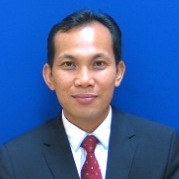
Ts. Dr. Nor Azizi Yusoff
Head of CoE RECESS
Universiti Tun Hussein Onn Malaysia (UTHM)



